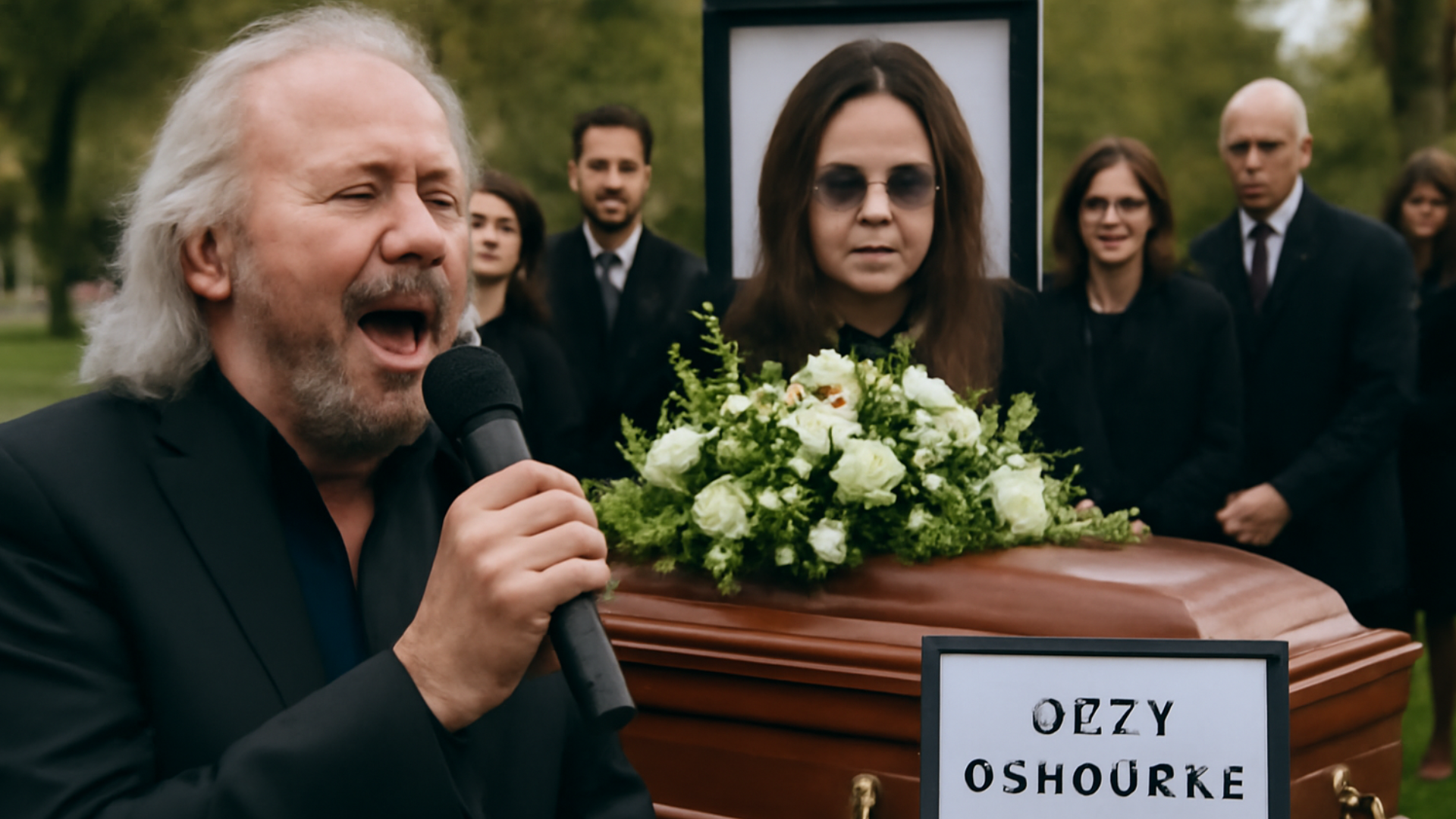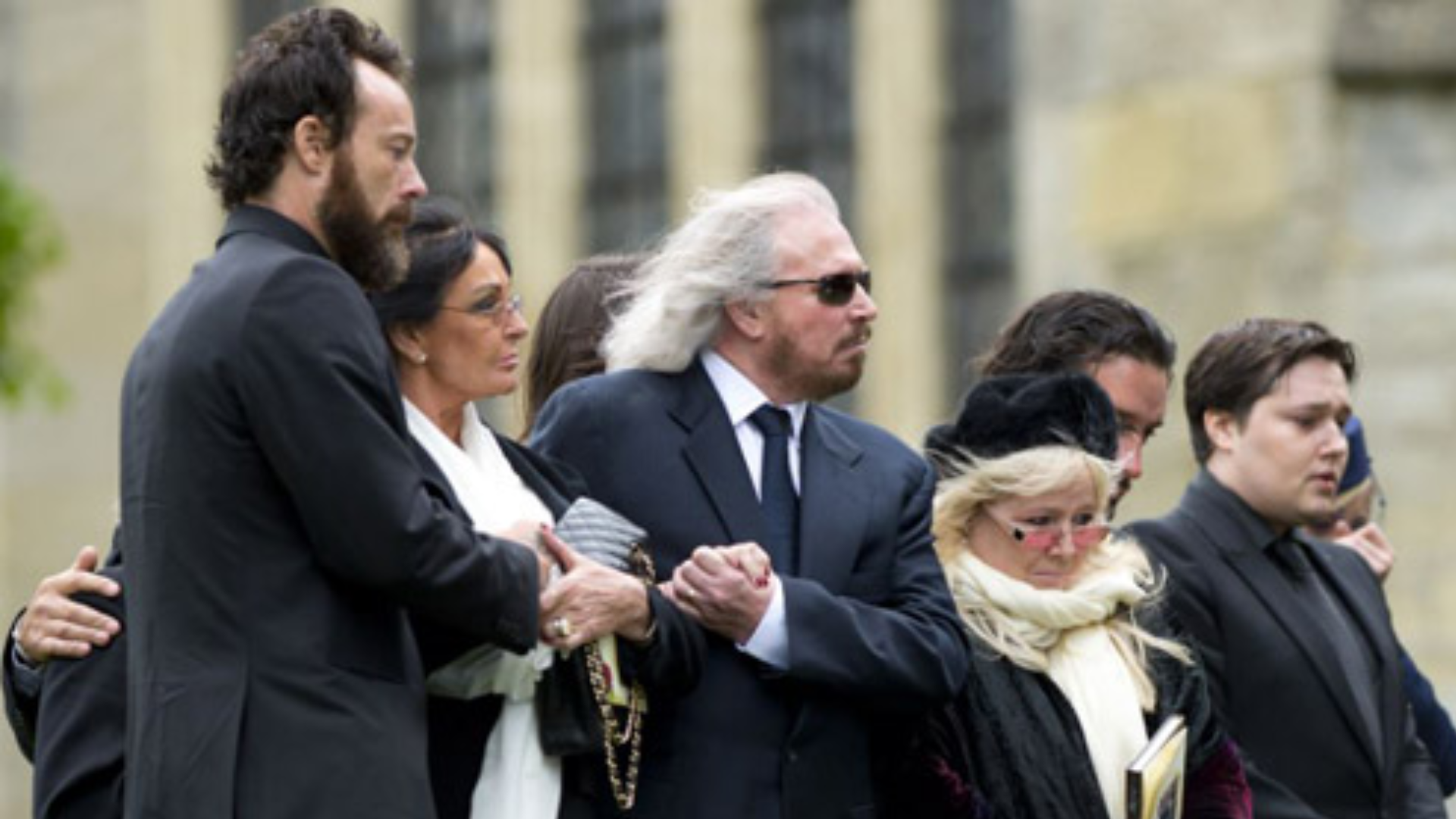
“How Can You Mend A Broken Heart” – The Bee Gees’ Heartfelt Anthem of Heartache and Hope

Released in 1971, “How Can You Mend A Broken Heart” became one of the Bee Gees’ most iconic songs, capturing the complex emotions that come with love, loss, and the aftermath of heartbreak. Written by Barry and Robin Gibb, the track blends deep emotional vulnerability with soulful pop craftsmanship, and it’s through this fusion that the song continues to resonate with listeners decades after its release. With its plaintive lyrics, rich orchestration, and the unmistakable tenderness in the Bee Gees’ voices, the song is a timeless anthem for anyone who has ever experienced the fragility of love.
The song opens with a simple yet powerful piano line that immediately sets a somber tone. As the music swells, the introduction gives way to the first verse, and Barry Gibb’s voice enters with a quiet, aching sincerity. “I can think of younger days / When living for my life / Was everything a man could want to do.” There’s a sense of nostalgia here — a look back to a time when life seemed simpler, more carefree. But there is also a deep awareness that something has been lost, that a part of the narrator’s emotional world has been shattered.
As Barry sings, “How can you mend a broken heart?”, the question lingers in the air. It’s not just a rhetorical question — it’s an expression of raw, unfiltered grief. Barry doesn’t just sing the words; he feels them, and the heartbreak in his voice is palpable. He is asking not just for himself, but for anyone who has ever wondered how they can possibly heal after the devastation of losing someone they loved. The repetition of the question creates a sense of longing and helplessness — the feeling of being trapped in the aftermath of pain, unsure of how to move forward.
The Bee Gees’ harmonies, as always, are the emotional core of the song. Robin and Maurice’s voices blend seamlessly with Barry’s, their layered harmonies adding depth to the song’s emotional landscape. The way they come together during the chorus — “How can you mend a broken heart / How can you stop the rain from falling down?” — creates a sense of collective heartache. It’s as if the three brothers are not just singing about their own sorrow but about the universal experience of love lost. The harmonies intensify the emotional weight of the song, pulling the listener into the shared feeling of grief and yearning for healing.
Musically, “How Can You Mend A Broken Heart” employs lush orchestration, with strings, piano, and light percussion creating an atmosphere of melancholy and reflection. The instrumentation doesn’t overpower the vocal performance but instead complements it, providing a soft bed for the lyrics to land. The subtle string section, in particular, adds a sense of gravitas to the track, swelling during key moments of the song to reflect the emotional highs and lows of the lyrics. The music itself feels like the gentle ebb and flow of emotion — a sense of calm mixed with the occasional surge of overwhelming feelings.
The emotional intensity of the song is heightened by the simplicity of the lyrics. Unlike many songs about heartbreak, which may be filled with anger or confusion, “How Can You Mend A Broken Heart” is entirely about the vulnerability of loss. There’s no blame or regret, only a simple, aching desire to understand how one can possibly heal after such deep emotional pain. The lyrics feel honest and raw, as if the Bee Gees are not just singing for an audience, but for themselves, working through the same questions and emotions they are sharing.
Ultimately, “How Can You Mend A Broken Heart” is more than just a song about heartache. It’s a song about the human condition — about the fragility of love, the difficulty of healing, and the universal longing for peace after the storm. The Bee Gees’ voices, with their impeccable harmonies and heartfelt delivery, transform the song into an emotional experience, inviting listeners to feel the pain of loss but also the possibility of healing. The way the song crescendos, with its soaring chorus and swelling instrumentation, is a reflection of the emotional journey from despair to hope, leaving the listener with a sense that, despite the pain, there may be a way to mend a broken heart.